On June 23, 2017, Congresswoman Judy Chu (CA-27) introduced a new bill to expand wilderness areas in the Angeles National Forest, and protect several rivers as wild and scenic rivers. Spearheaded by the San Gabriel Mountains Forever group, the bill is the result of many years of efforts to protect our local mountains.
A previous success of the San Gabriel Mountains Forever group was the establishment of the San Gabriel Mountains National Monument. CORBA President Steve Messer has been representing mountain bikers on the San Gabriel Mountains Community Collaborative, working alongside representatives of the Sierra Club, The Wilderness Society, and other environmental and social justice organizations.
For the past eighteen months we’ve been working together to ensure that mountain biking gets due consideration in these proposals. CORBA has opposed previous wilderness efforts that hurt bicyclists’ access to trails. With support from IMBA and MWBA, we worked out boundary adjustments that expand the Sheep Mountain and San Gabriel wilderness areas, but do not impact any trails that are currently open to bicycles.
The bill also establishes two new units of the Wilderness Preservation System, the Condor Peak Wilderness and the Yerba Buena Wilderness. These two wilderness areas protect the majestic Condor Peak, while leaving the Condor Peak trail outside the wilderness areas with a wide buffer. While Condor Peak is not a popular trail for cyclists, it offers an increasingly-unique wilderness-type backcountry experience for those seeking to challenge themselves in nature. The trail can continue to be maintained using mechanized tools.
The western boundary of the proposed Yerba Buena Wilderness is the Yerba Buena Ridge trail, which could provide an epic backcountry loop ride with Condor Peak trail. Both trails, however, are in need of maintenance and are on our radar for future restoration work.
The following areas will be designated as wilderness in HR 3039:
We truly appreciate being able to be proactive, working with the Sierra Club, The Wilderness Society, CalWild, and the San Gabriel Mountains Forever group. We also benefited greatly from IMBA’s support at the national level, and our partnership with the Mount Wilson Bicycling Association locally.
While this wilderness bill does not hurt mountain bikers’ access to trails, it does nothing to expand or directly improve existing opportunities. It does however, protect the remote backcountry experiences provided by the Condor Peak trail, the Yerba Buena Ridge trail, and the lower Trail Canyon Trail, ensuring these trails through this pristine landscape will be preserved, ready to be experienced by foot, hoof or bicycle.



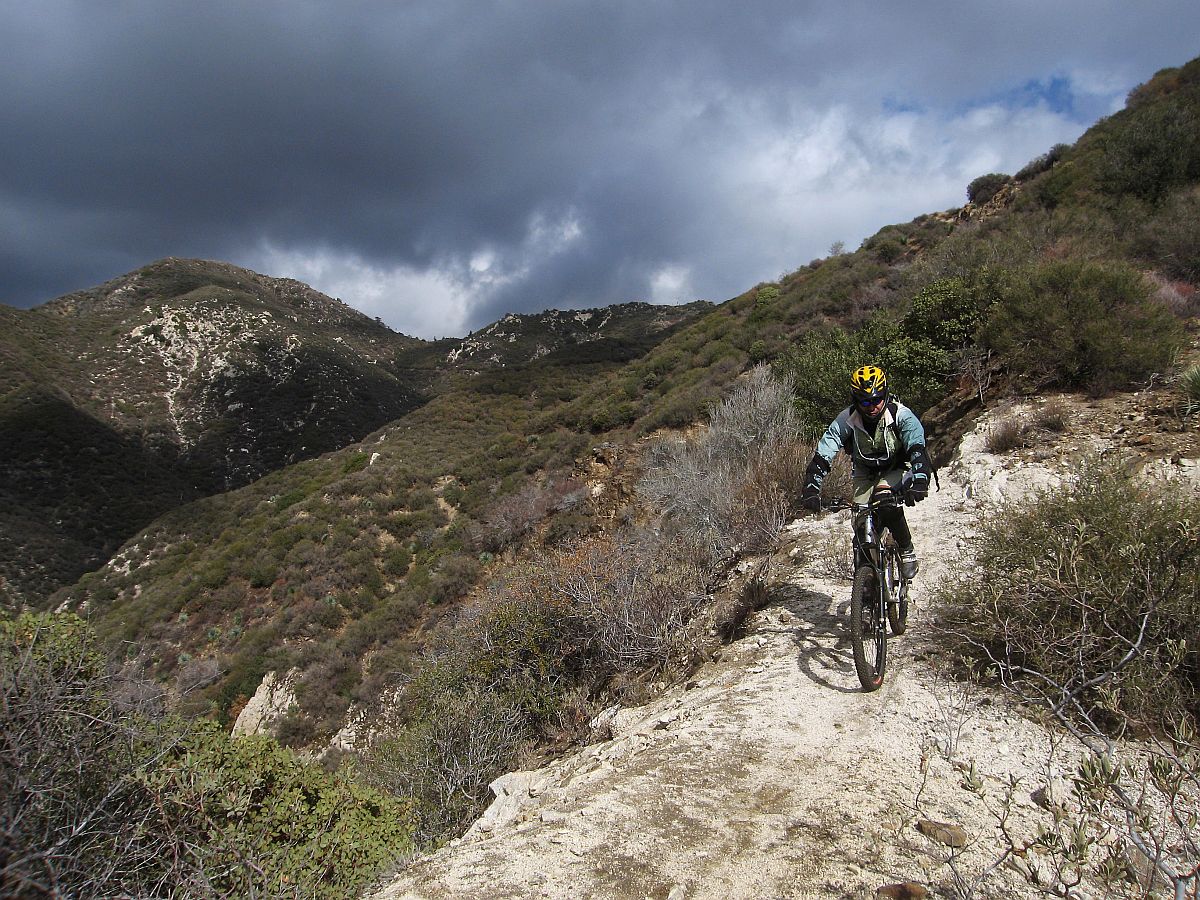
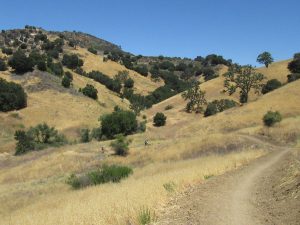
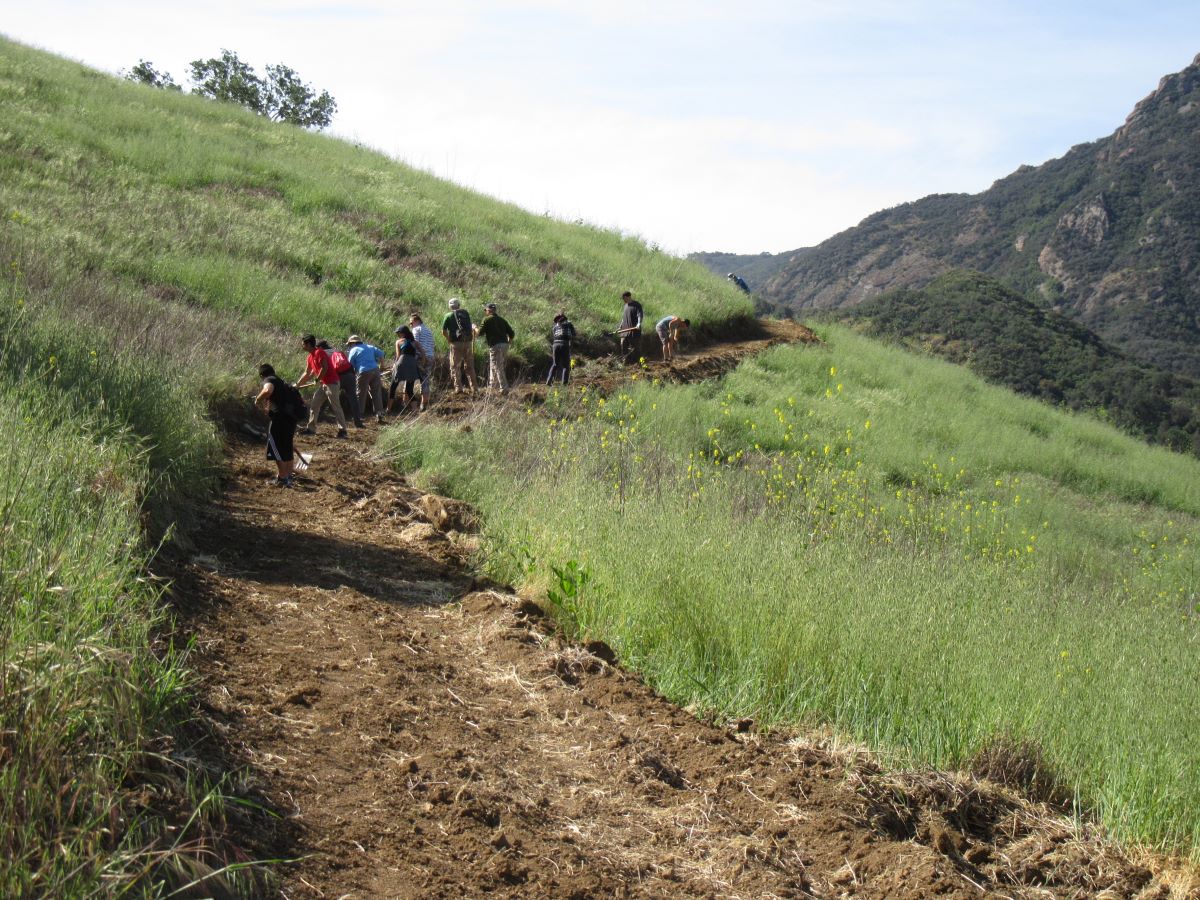

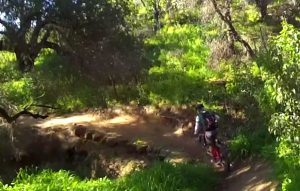

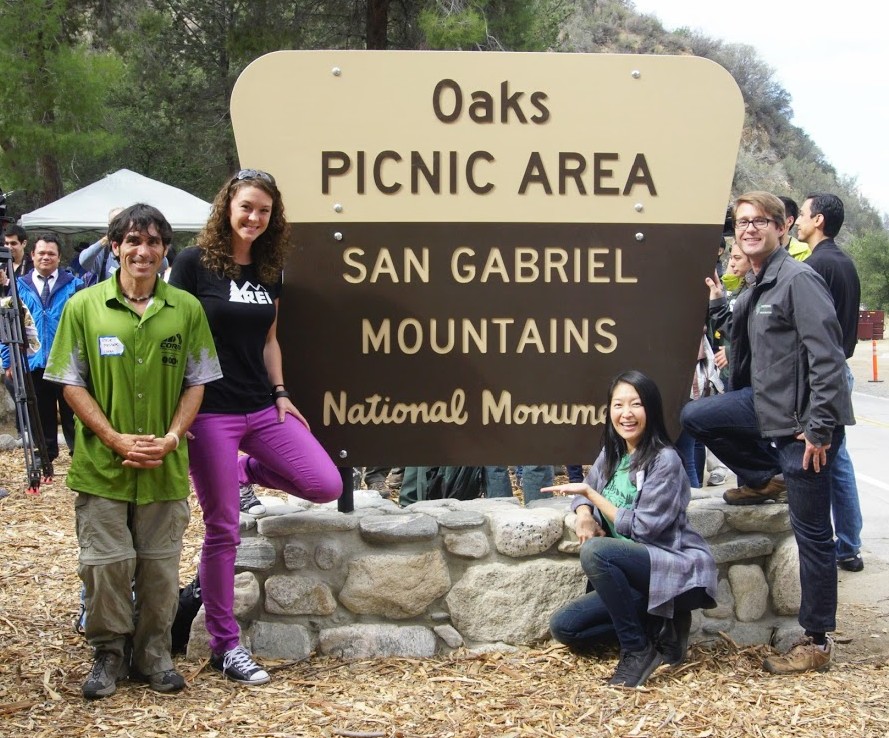
 “Active Community Transportation Act of 2010” Introduced in the U.S. House of Representatives
“Active Community Transportation Act of 2010” Introduced in the U.S. House of Representatives American’s most frequent outdoor activities were running (trail and pavement) with cycling (road, mountain and BMX) coming in second. More people participated in outdoor activities than team sports. 15% of Americans rode a bike while 9% played basketball, 7% played football, 6% played soccer.
American’s most frequent outdoor activities were running (trail and pavement) with cycling (road, mountain and BMX) coming in second. More people participated in outdoor activities than team sports. 15% of Americans rode a bike while 9% played basketball, 7% played football, 6% played soccer.

